The deadliest sieges of all time
Throughout history, sieges have been pivotal moments shaping the fates of empires and nations. These prolonged military blockades often led to immense human suffering and significant geopolitical shifts.
From medieval warfare to modern conflicts, sieges have tested the resilience of cities and the tenacity of their defenders. Let’s embark on a journey through some of history’s most lethal sieges, where courage, desperation, and strategy intertwined in the face of overwhelming odds.
The Siege of Leningrad: A City’s Struggle for Survival
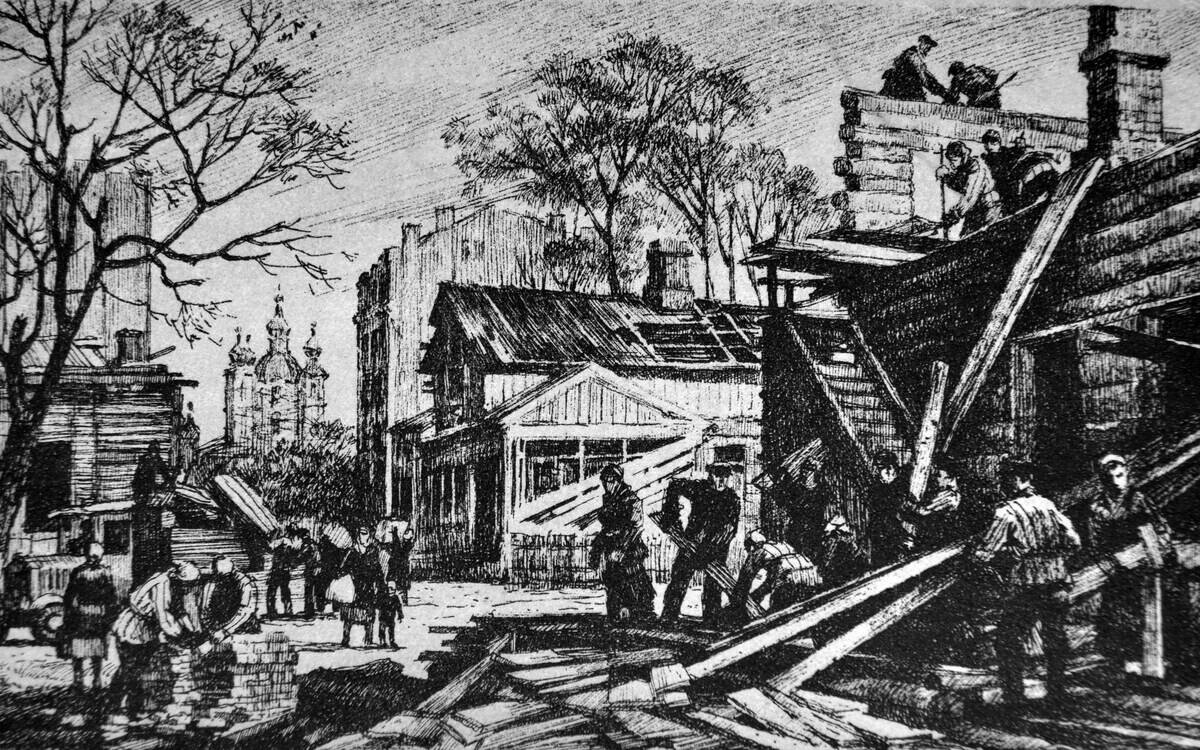
The Siege of Leningrad, lasting from 1941 to 1944, was one of the longest and most devastating sieges in history. Nazi Germany encircled the Soviet city, resulting in the deaths of over 1.5 million civilians due to starvation, disease, and exposure.
Despite the dire circumstances, the inhabitants displayed remarkable resilience and ingenuity, creating supply lines (including the famous Road of Life) over the frozen Lake Ladoga. The siege finally ended after 872 grueling days, marking a turning point on the Eastern Front.
Constantinople 1453: The Fall of an Empire
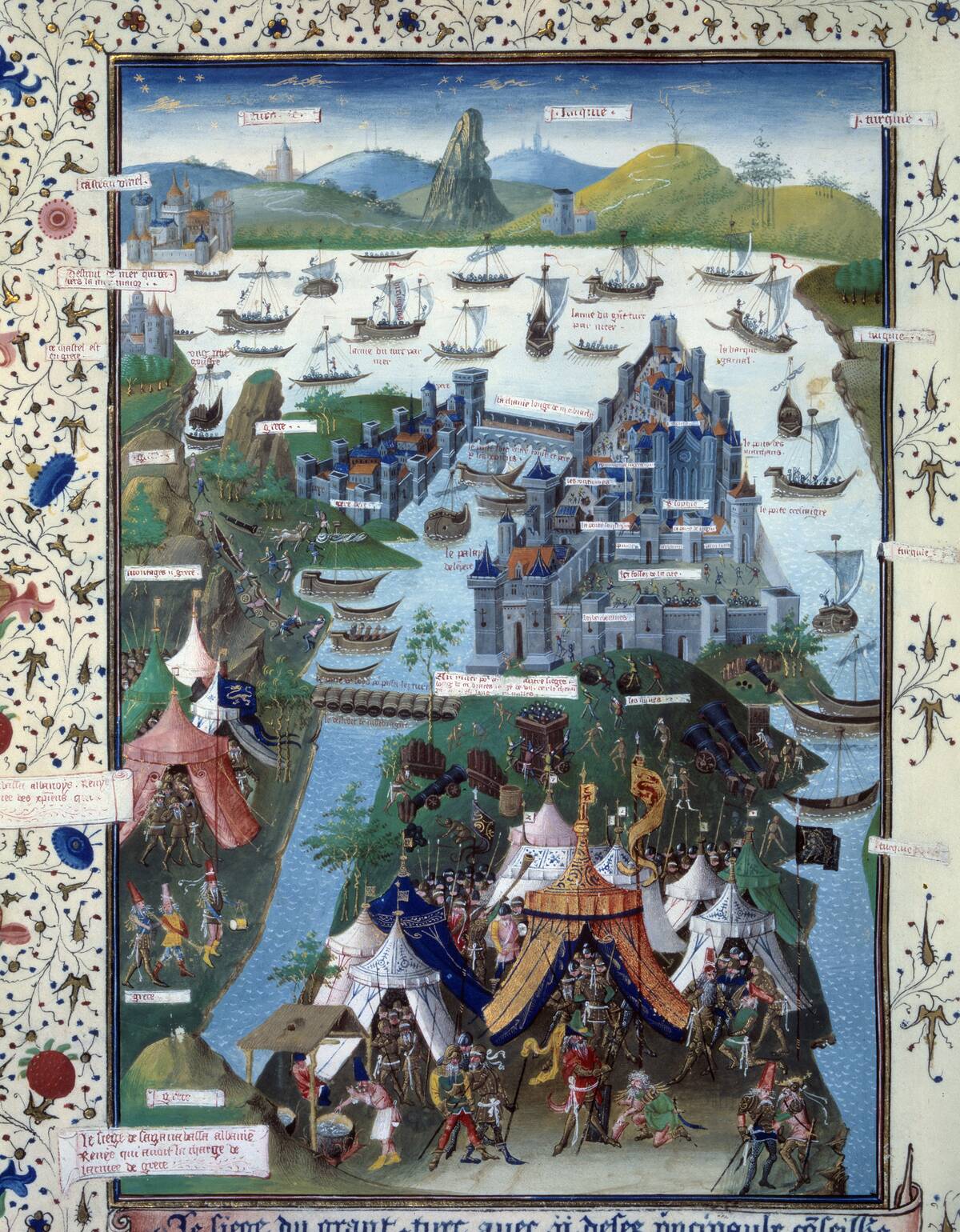
The fall of Constantinople in 1453 marked the end of the Byzantine Empire and a pivotal shift in world history. Led by Sultan Mehmed II, the Ottomans besieged the city with massive cannon fire, breaching its formidable walls. However, the cannons of the age were imprecise, making the siege more protracted as the Byzantines periodically repaired the damage.
The city’s fall was not just a military conquest but a cultural watershed, symbolizing the end of the medieval world and the dawn of the Renaissance. The event sent ripples across Europe, leading to new exploration routes and alliances.
The Siege of Stalingrad: Turning Point of World War II
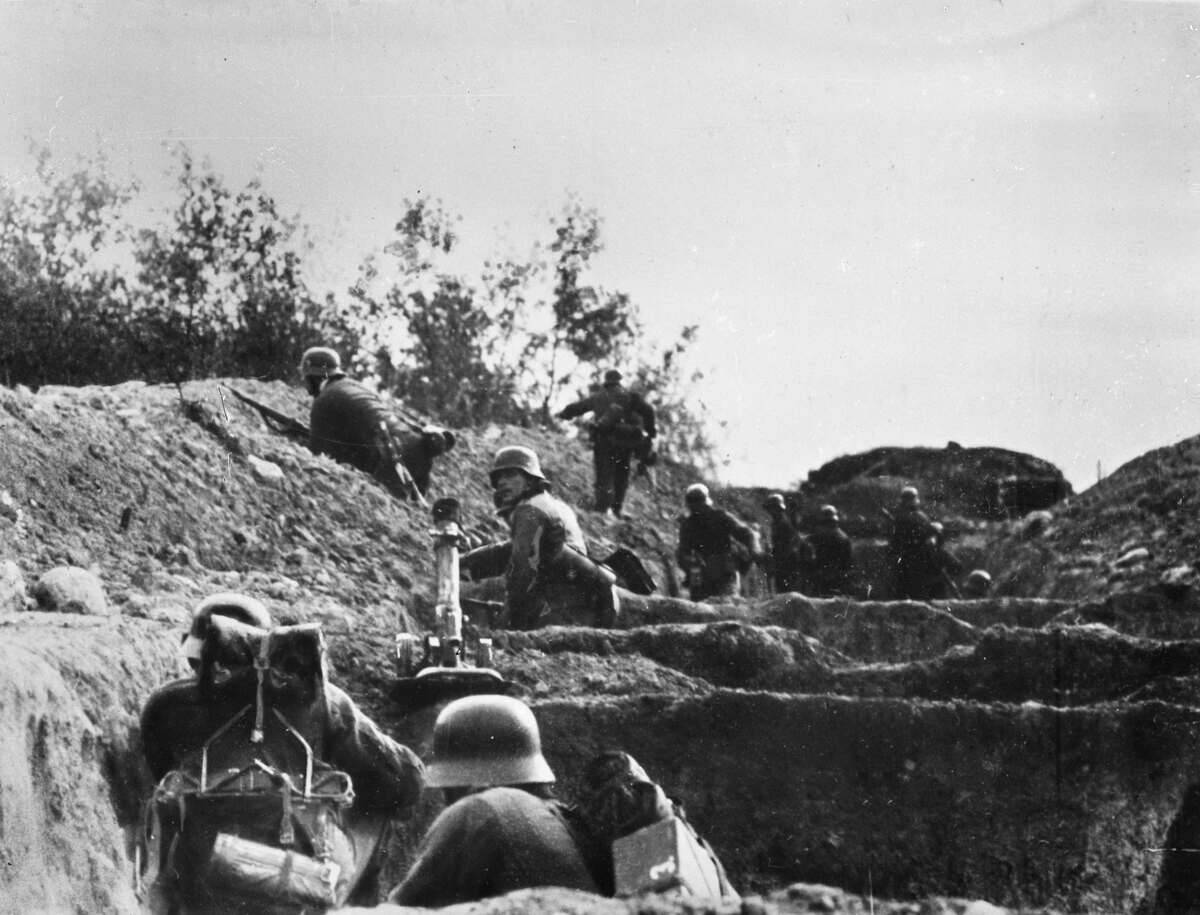
The Siege of Stalingrad from 1942 to 1943 was a brutal confrontation between Nazi Germany and the Soviet Union. The battle saw intense urban warfare and staggering casualties, with over two million and possibly as many as three million soldiers and civilians affected.
The Soviet victory at Stalingrad marked a significant turning point in World War II, halting the German advance into the Soviet Union and boosting Allied morale. This epic battle demonstrated the strategic importance of tenacity and sacrifice in warfare.
Masada: The Last Stand of Jewish Zealots
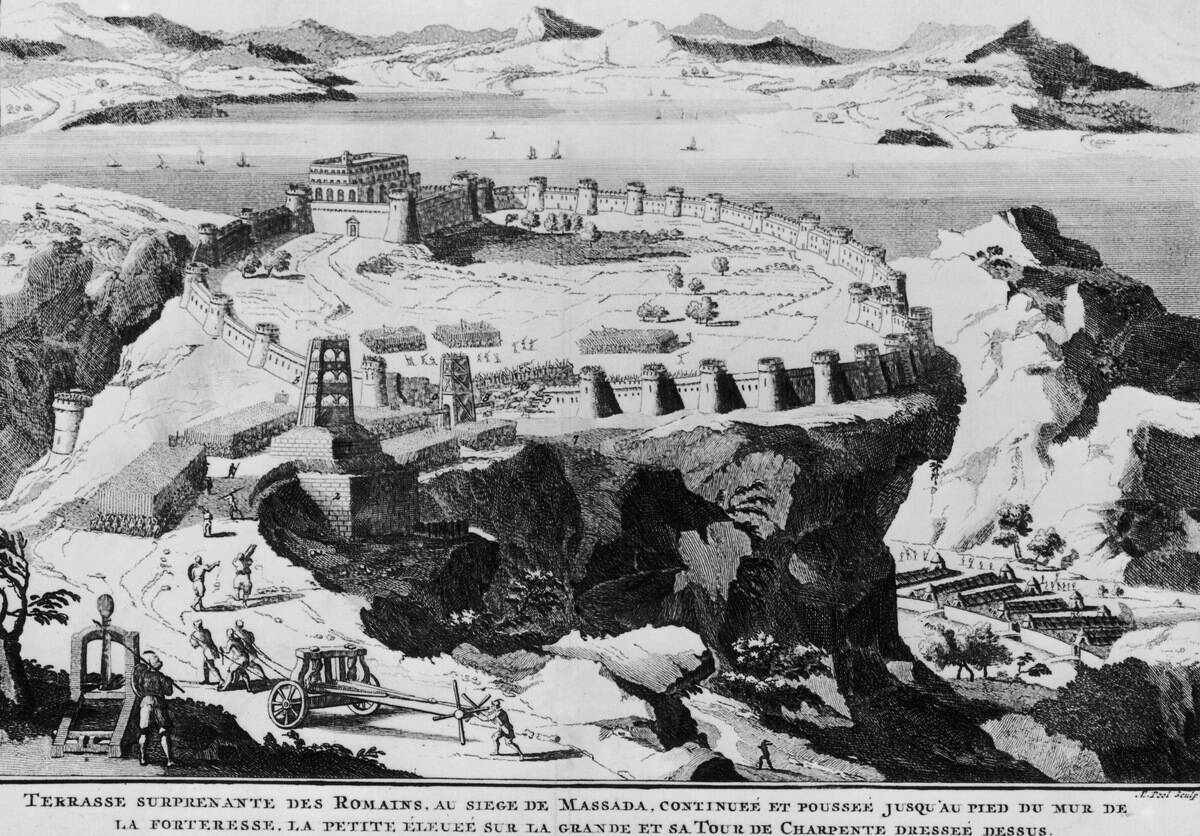
Masada, a fortress atop a rock plateau in Israel, was the site of a dramatic siege by the Romans in 73-74 CE. Jewish Zealots, numbering around 960, held out against the Roman legion. They were said to ultimately choose to die en masse rather than surrender, but this mass suicide has since been heavily disputed by historians.
Excavations have revealed fascinating insights into the siege, including remnants of the Roman camps and siege works, as well as the daily life of the besieged.
The Siege of Sarajevo: A Modern-Day Tragedy
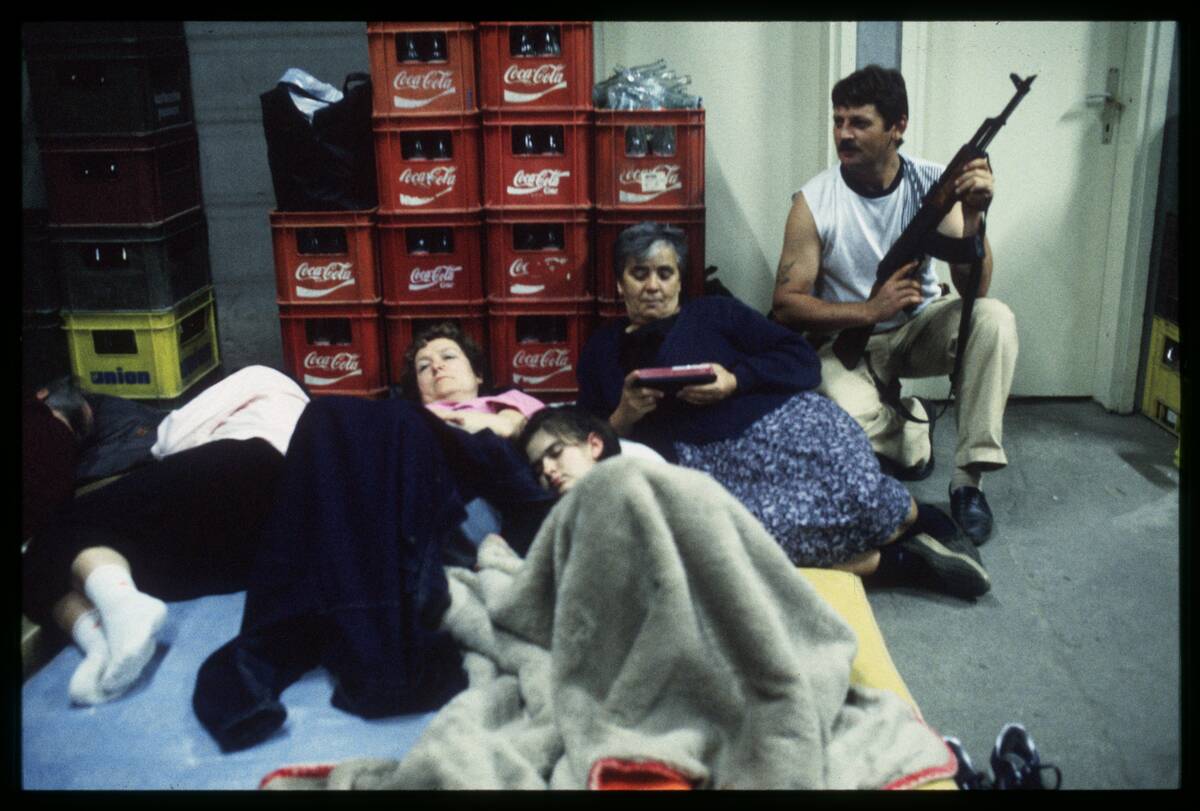
The Siege of Sarajevo, from 1992 to 1996, stands as the longest siege of a capital city in modern warfare. Nearly 14,000 people were killed during the Bosnian War as the city was shelled and sniped at daily.
Despite the despair, Sarajevo’s residents showed incredible resilience, maintaining a semblance of normalcy with makeshift schools and underground concerts. The most high-profile of these events saw the UN organize a concert by Iron Maiden singer Bruce Dickinson, who performed with his other band, Skunkworks, in 1994. The siege highlighted the horrors of ethnic conflict and the international community’s struggle to intervene effectively.
The Siege of Orleans: Joan of Arc’s Heroic Intervention
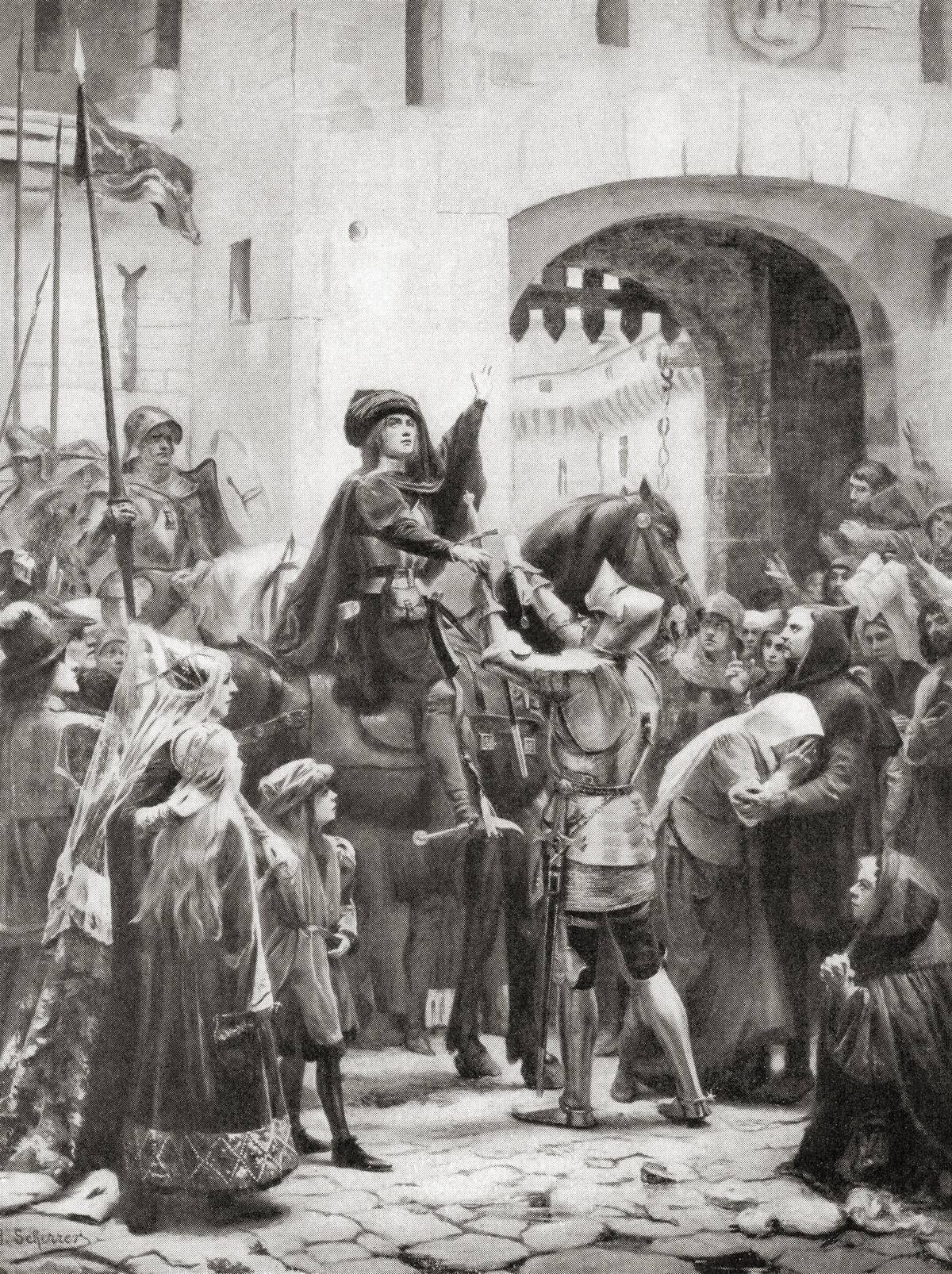
The Siege of Orleans in 1429 was a turning point in the Hundred Years’ War between England and France, thanks largely to Joan of Arc. Her arrival inspired the French army, leading to a decisive victory that lifted the siege.
Joan’s leadership and determination not only changed the course of the war but also solidified her status as a national heroine and a symbol of French unity and resistance against foreign invasion.
The Siege of Vicksburg: A Strategic Civil War Victory
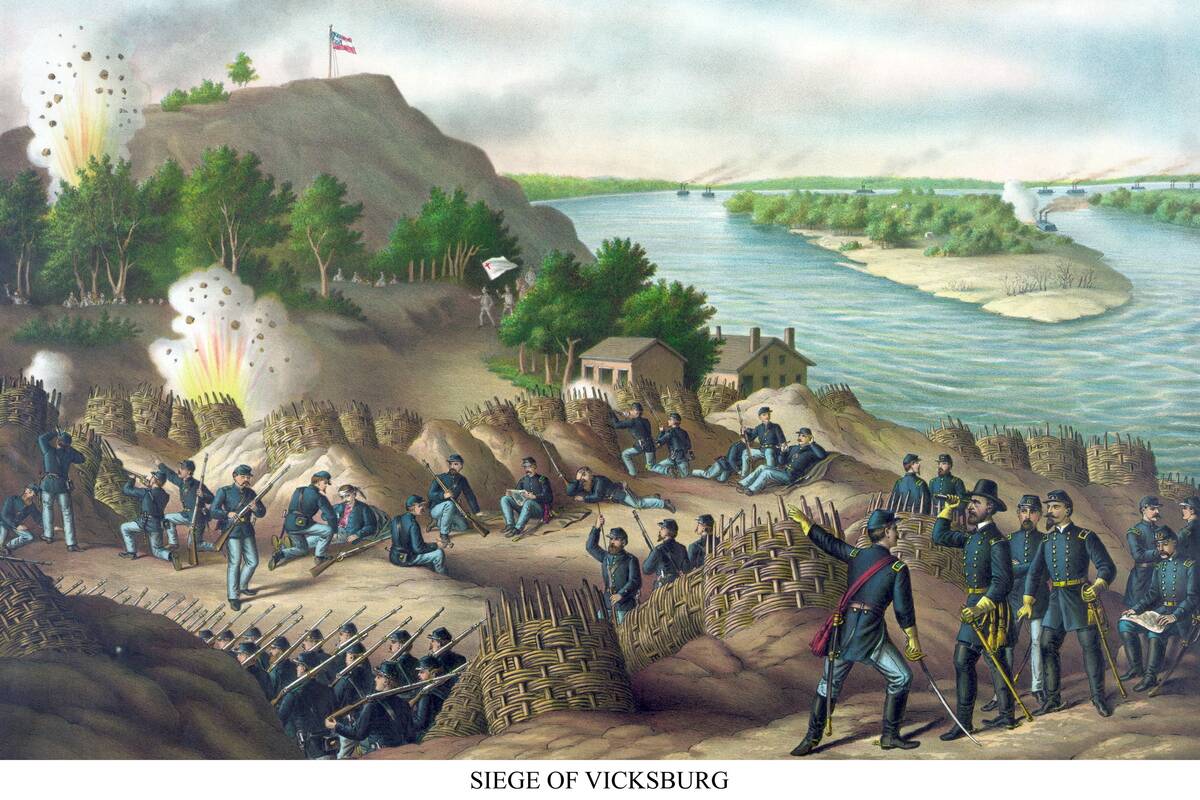
The Siege of Vicksburg in 1863 was a pivotal moment in the American Civil War. Union forces, led by General Ulysses S. Grant, encircled the Confederate city, cutting off supplies and leading to its surrender after 47 days.
This victory gave the Union control over the Mississippi River, effectively splitting the Confederacy and marking a turning point in the war. Grant’s success at Vicksburg elevated his reputation, eventually leading to his appointment as commander of all Union armies.
Siege of Vienna 1529: The Ottoman Empire’s Ambitions
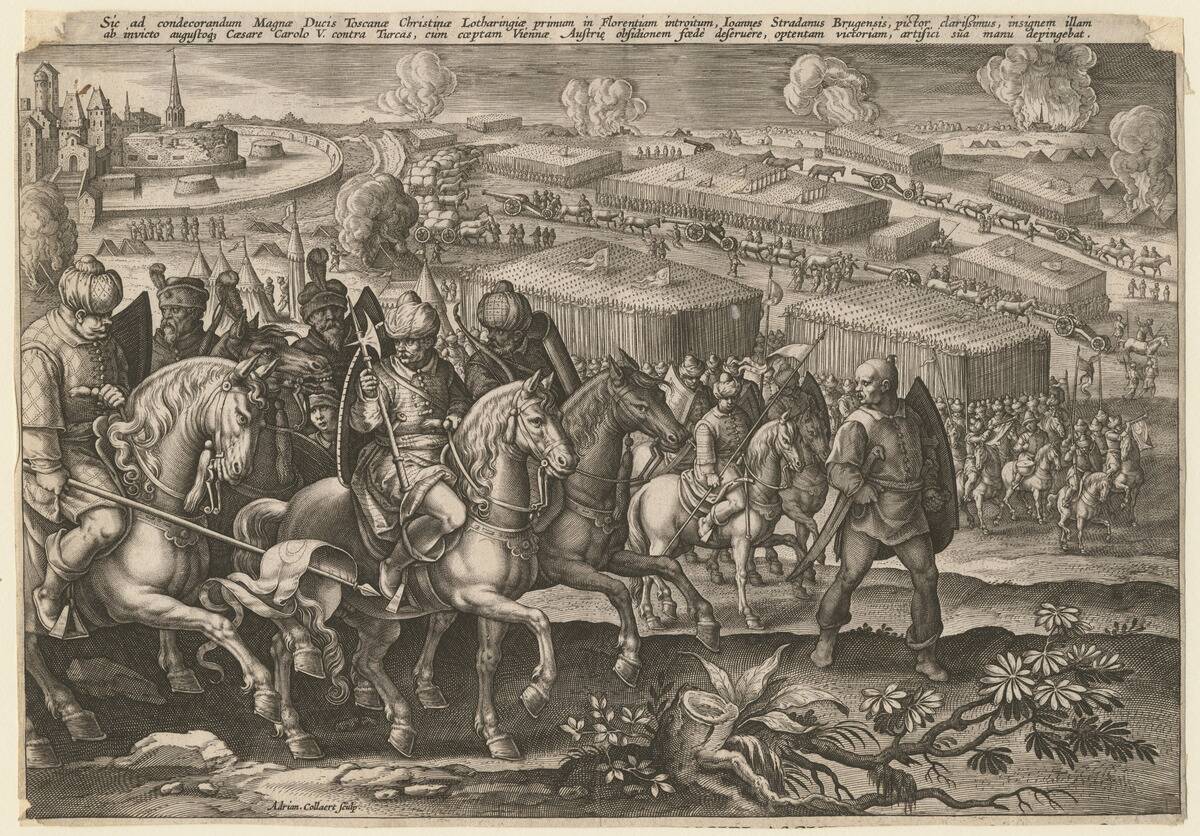
The Siege of Vienna in 1529 was the Ottoman Empire’s first attempt to capture the Austrian capital, marking a significant moment in European history. Led by Sultan Suleiman the Magnificent, the Ottomans faced fierce resistance and logistical challenges, ultimately retreating.
This failed siege halted the Ottoman expansion into Central Europe, preserving the balance of power. The event underscored the strategic importance of Vienna as a gateway between East and West, influencing future military and diplomatic efforts.
The Siege of Jerusalem 70 CE: The Destruction of the Second Temple
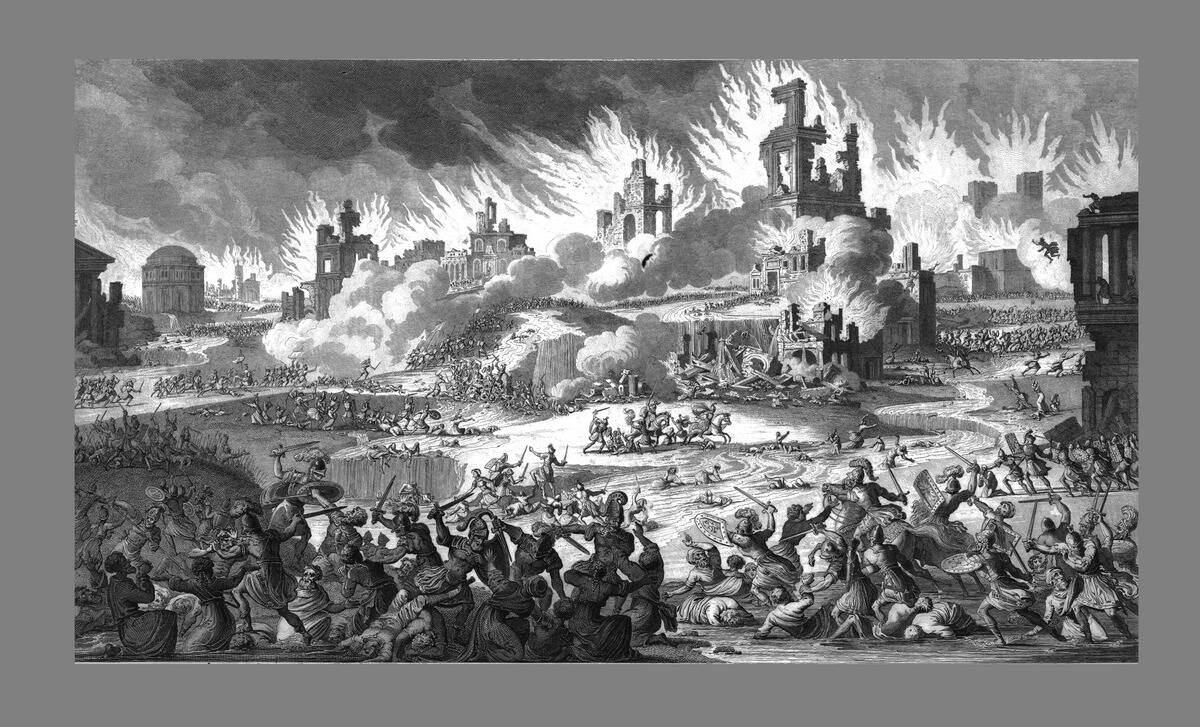
The Siege of Jerusalem in 70 CE was a pivotal event in Jewish history, leading to the destruction of the Second Temple by Roman forces. This devastating loss marked the end of Jewish political autonomy in the region for centuries.
The siege, led by future Emperor Titus, resulted in a massive loss of life (estimated to be between 20,000 and 30,000) and the dispersal of the Jewish population. The event is commemorated annually on Tisha B’Av, a day of mourning in the Jewish calendar.
The Siege of Yorktown: The Culmination of the American Revolution
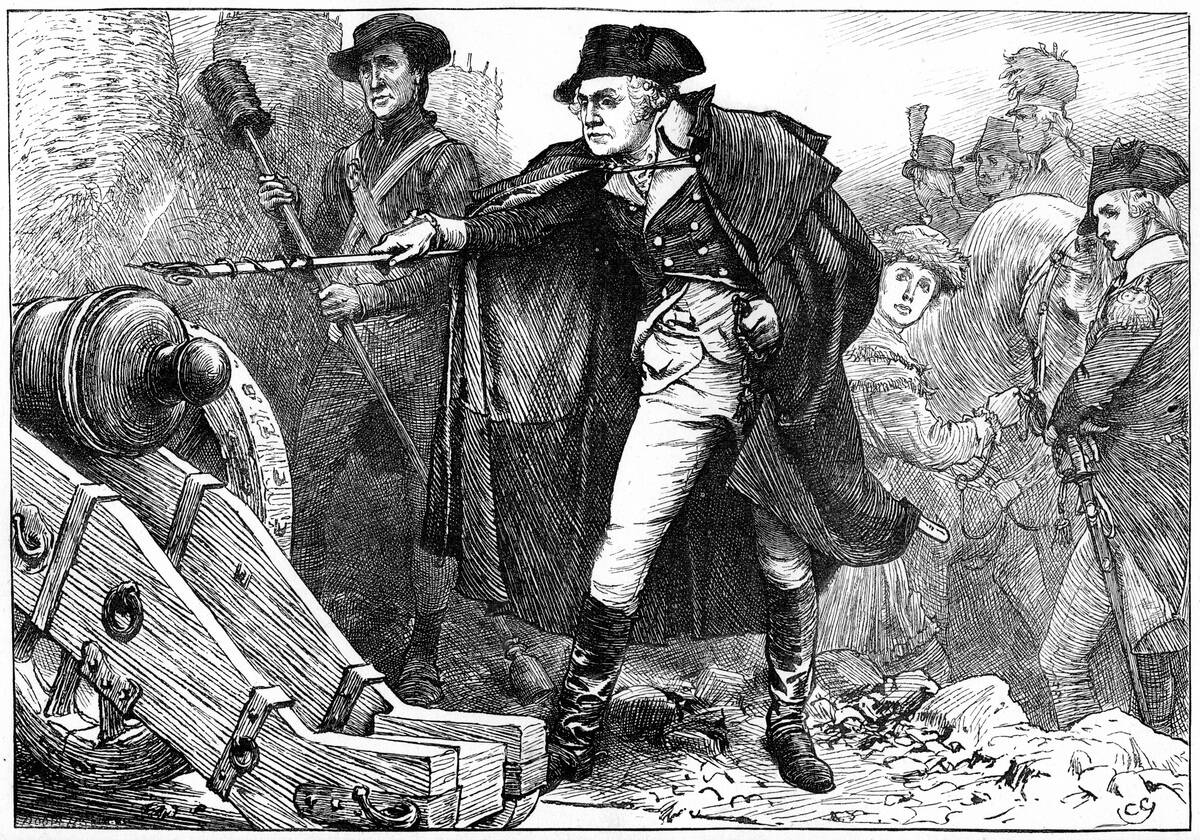
The Siege of Yorktown in 1781 was the last major land battle of the American Revolutionary War. American and French forces, led by General George Washington and Comte de Rochambeau, successfully besieged British General Cornwallis’s troops.
The British surrender at Yorktown effectively ended the war, paving the way for American independence. This decisive victory showcased the effectiveness of Franco-American cooperation and marked the emergence of the United States as a nation.
The Siege of Acre: Crusaders vs. Muslims
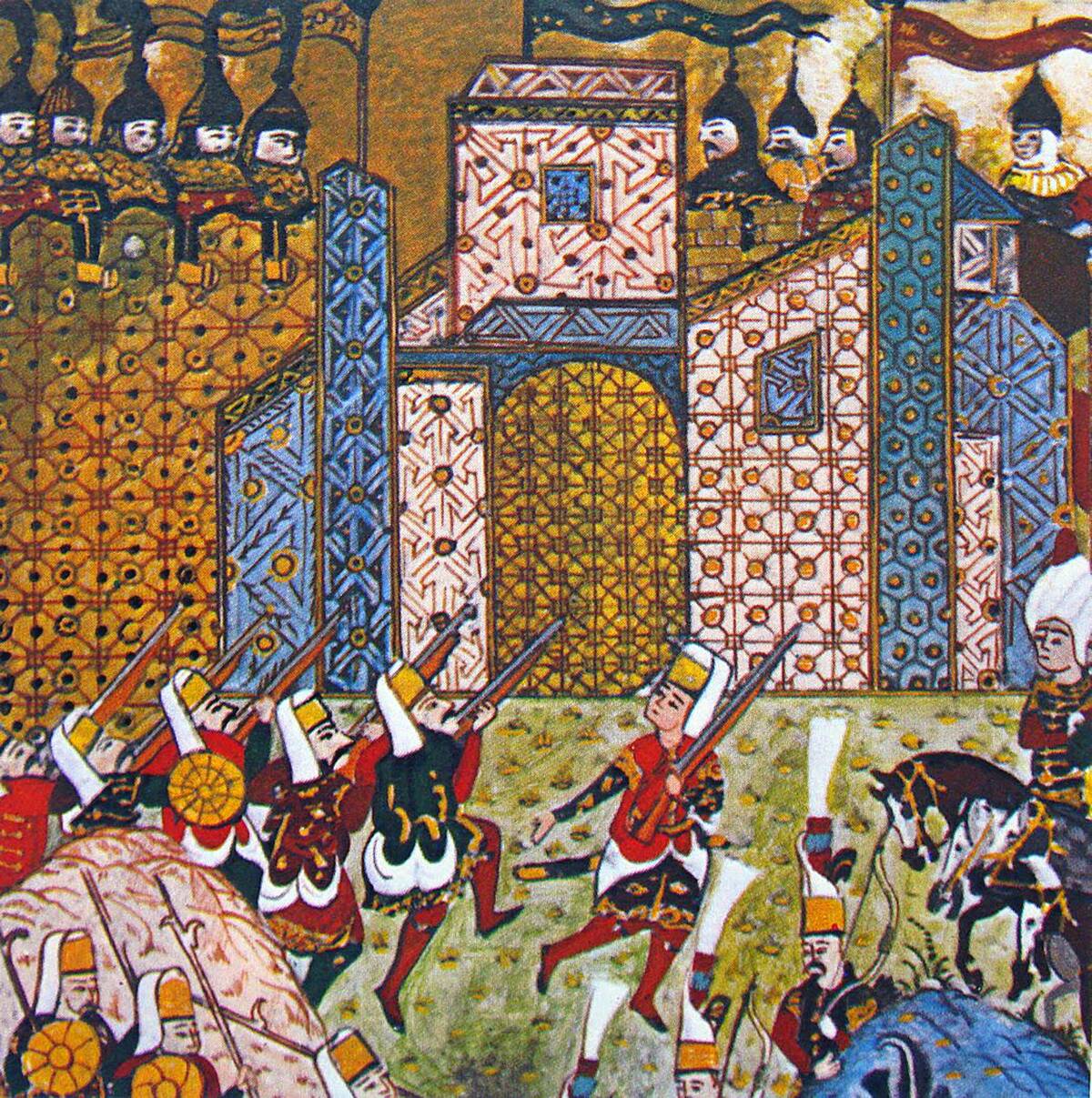
The Siege of Acre in 1291 was the final blow to the Crusader presence in the Holy Land. Mamluk Sultan Al-Ashraf Khalil led a campaign to capture the city from the Crusaders, marking the end of the Crusader states.
Acre’s fall was significant, as it represented the collapse of two centuries of Christian military efforts in the region. The siege was characterized by fierce battles and the use of advanced siege weaponry, ultimately leading to a decisive Muslim victory.
The Siege of Tyre: Alexander the Great’s Epic Conquest
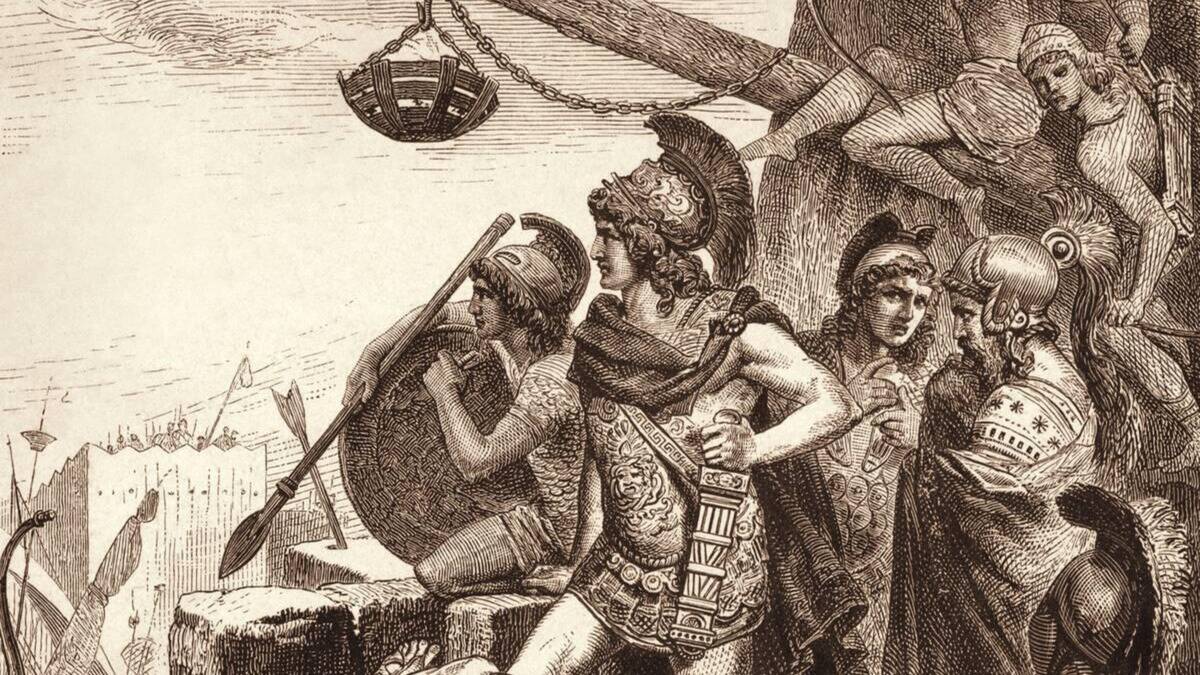
In 332 BCE, Alexander the Great laid siege to the island city of Tyre, a strategic coastal stronghold in the Mediterranean. Despite the city’s formidable defenses, Alexander’s forces constructed a causeway to breach the island, demonstrating his military ingenuity.
The siege lasted seven months and ended with a decisive Macedonian victory, allowing Alexander to secure his supply lines and continue his campaign into Egypt. The fall of Tyre showcased Alexander’s relentless pursuit of conquest and his impact on the ancient world.
The Siege of Malta 1565: Knights vs. Ottomans
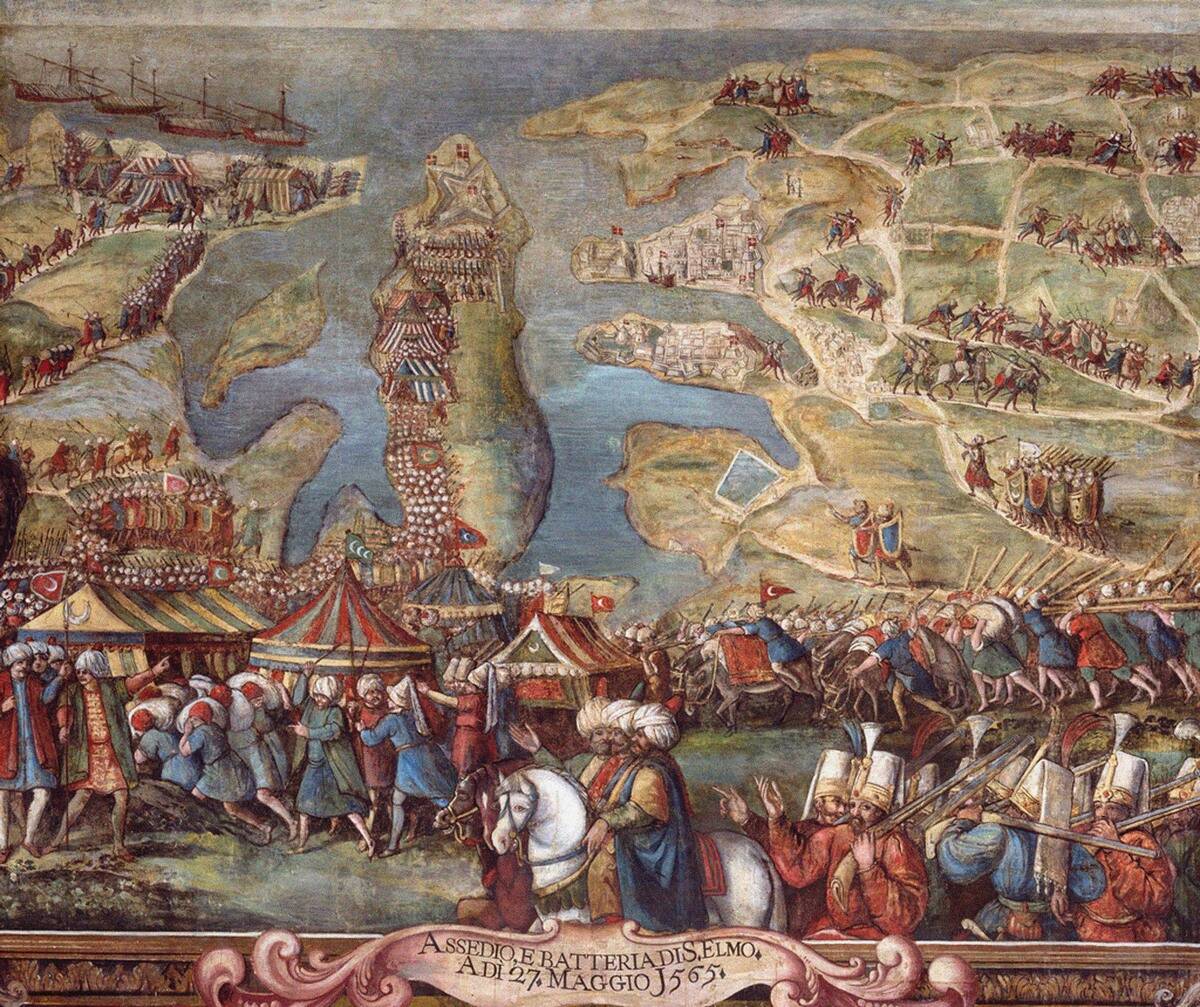
The Great Siege of Malta in 1565 was a defining moment in the struggle between the Ottoman Empire and Christian Europe. The Knights of St. John, heavily outnumbered, defended the island against the Ottoman forces.
Their victory was hailed as a triumph of resilience and strategy, preventing further Ottoman expansion into the Western Mediterranean. The siege underscored the strategic importance of Malta and bolstered European morale, becoming a legendary tale of courage and defiance.
The Siege of Paris 1870: The Franco-Prussian War’s Decisive Battle
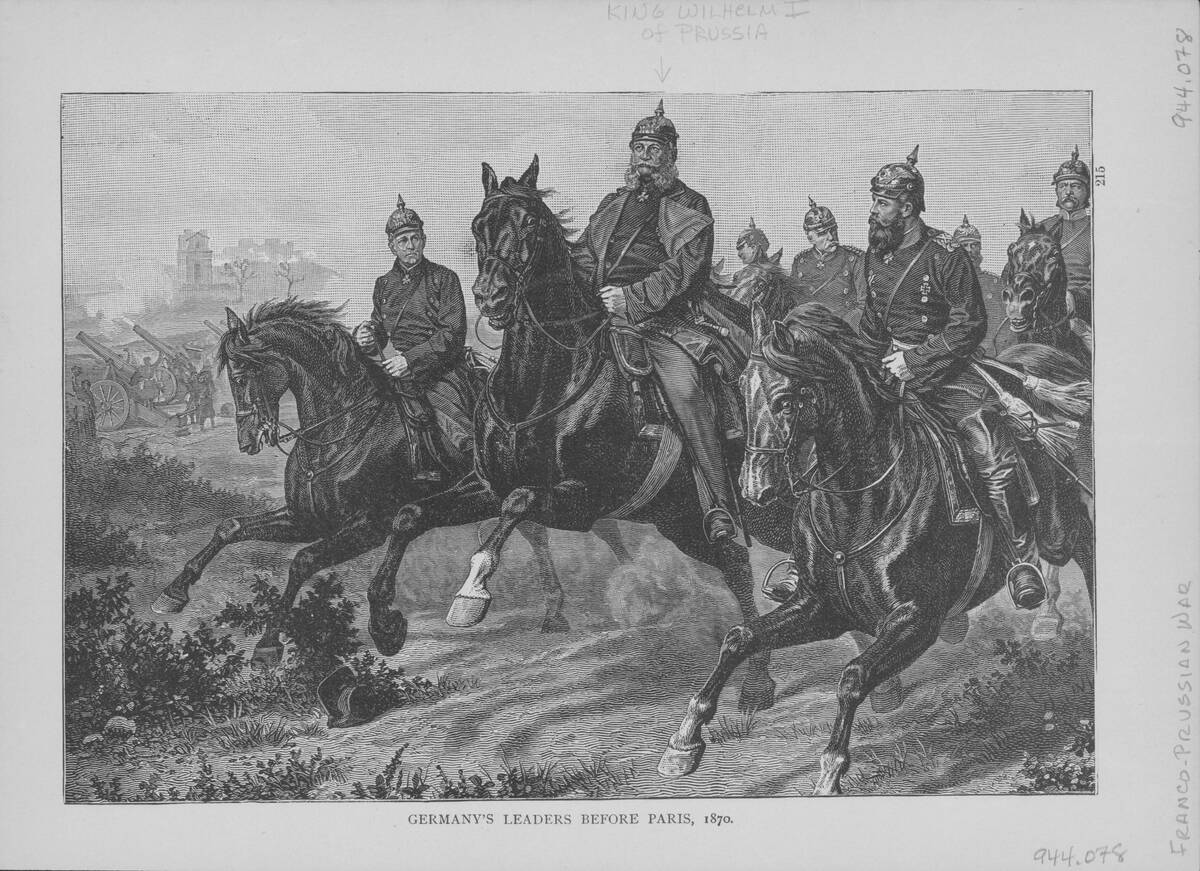
The Siege of Paris in 1870 was a pivotal event in the Franco-Prussian War, leading to the fall of the French Second Empire. Prussian forces encircled the city, causing severe food shortages and hardship for Parisians.
The eventual capitulation in January 1871 marked a decisive Prussian victory, leading to the unification of Germany. The siege also highlighted the changing nature of warfare, with the use of balloons for communication and the psychological impact of prolonged civilian suffering.




